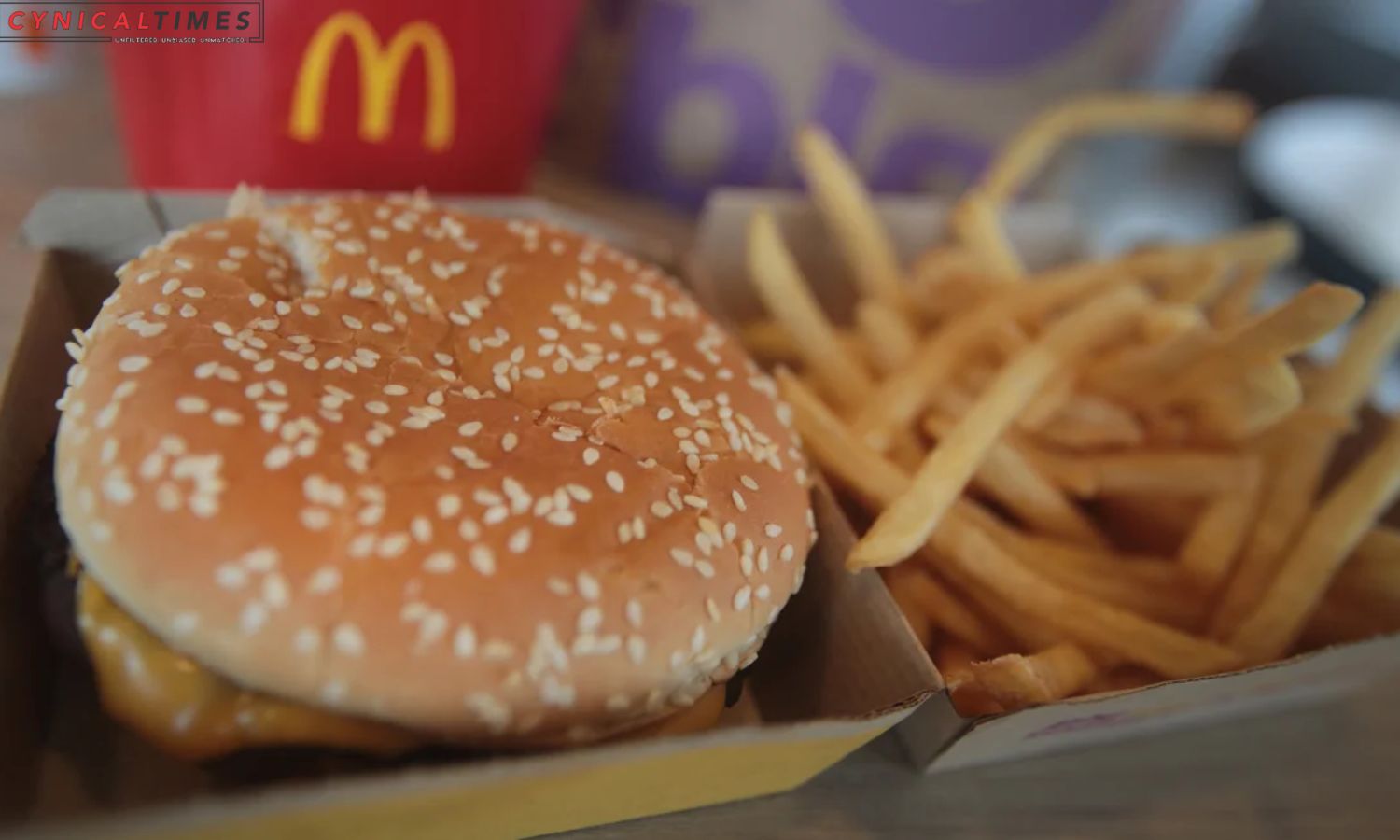McDonald Grand Plan Bigger Burgers: McDonalds CEO, Chris Kempczinski, has unveiled a comprehensive growth strategy for the coming years, emphasizing a three-pronged approach involving larger burgers, an expansive global footprint, and a revamped loyalty program. Kempczinski highlighted the opportunity to introduce larger, high-quality burgers based on customer feedback. McDonalds intends to test various options in select markets before a widespread rollout.
The company’s ambitious plan includes a global expansion, aiming for 50,000 locations worldwide by 2027, marking the fastest growth period in its history. Despite concerns about market saturation, McDonalds sees substantial room for growth by aligning with changing consumer behaviors.
Furthermore, McDonalds aims to boost its loyalty program, targeting an increase from 150 million to 250 million active users within the next six years. Loyalty programs have become a crucial tool for companies to gather customer data, offer tailored promotions, and enhance customer retention.
The strategy also incorporates artificial intelligence (AI) technology, with McDonalds announcing a partnership with Google. AI will play a pivotal role in personalizing customer experiences, both in the loyalty program and through the McDonalds app. The company envisions leveraging AI not only for behind-the-scenes operations but also to recommend menu items based on individual preferences.
The third facet of McDonalds growth plan involves an intensified focus on marketing. Jill McDonald, overseeing wholly-owned international markets, emphasized the impact of effective marketing in driving higher sales at existing restaurants. Notably, recent marketing successes, such as the Grimace shake campaign on TikTok, have showcased the potential of engaging customers through social media.
In summary, McDonalds strategic roadmap encompasses culinary innovation with larger burgers, an expansive global presence, leveraging AI for personalized customer interactions, and a robust marketing approach. As the company evolves to meet modern consumer demands, this multifaceted strategy aims to solidify McDonalds position as a global leader in the fast-food industry.
Also Read: Electric Vehicle Quandary: 79% More Issues, or Just Growing Pains?
Our Reader’s Queries
What is McDonald’s largest burger?
McDonald’s core US menu boasts the double quarter pounder, which packs a punch with two beef patties weighing in at a total of eight ounces pre-cooking. This announcement comes as part of McDonald’s revamp of their burger offerings, including their iconic Big Mac.
Why did Burger King sell a bigger burger than McDonald’s?
Burger King’s introduction of the Whopper was a strategic move to differentiate itself from McDonald’s 15 cent hamburger. By offering a larger burger for 37 cents, Burger King aimed to capture a different segment of the market. This sparked the infamous ‘burger wars’ in the 1970s, with Burger King taking a jab at McDonald’s by highlighting the size of their hamburgers in a clever advertising campaign.
Why you should always order two burgers at mcdonalds?
Emily’s recommendation to swap fries for a second burger is a clever way to increase your protein intake. By doing so, you’ll feel satiated for a longer period of time, potentially preventing the urge to snack later on. Additionally, burgers tend to be lower in calories compared to other fast food options. So, not only will you be satisfying your hunger, but you’ll also be making a healthier choice.
How much was a Big Mac in 1980?
The Economist’s Big Mac Index monitors the cost of a Big Mac in different nations. In the early 1980s, the global average price of a Big Mac was roughly $2.50. However, by the early 2000s, the average price had risen to about $2.70.

